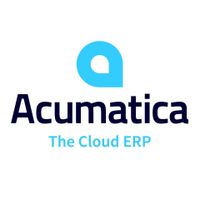Resource Navigator is a ERP Software. Resource Navigator offers Supply Chain Management, Sales, Stock Management, HR Management, Financial Management and many more functionalities.
Some top alternatives to Resource Navigator includes ERPNext, exactllyERP, abas ERP, Acumatica and ERP-ONE+.
No, Resource Navigator doesn't provide API.
No, Resource Navigator doesn't provide mobile app.
Resource Navigator is located in Mures, Romania
Resource Navigator offers Quotation Based pricing model
The starting price is not disclosed by Resource Navigator. You can visit Resource Navigator pricing page to get the latest pricing.













